|
B. brownorum is one species where I prefer a male-dominant sex-ratio. So of course I end up with only two males and about three times as many females in my F1 group. I currently have the wild-caught pair separated out in the hope they will spawn. I've increased the water temperature several degrees in the breeding tank, so it's about 27-28°C (the water temperature for previous spawns was around 24°C). I will also be testing the pH of the breeding tank and the pH of the main tank to see if there is any difference between the two, and what effect if any, this has on the sex-ratio of future spawns. The fish photographed above, is one of only two male offspring produced by the wild-caught pair. I do have a third young male that is the offspring of Zig-Zag (the result of an F0 x F1 pairing) and a daughter of the current wild-caught pair.
Interestingly, none of the young females have developed a lateral blotch. My current wild-caught female had only a very faint blotch on one side that has since faded completely. As the same was true of my previous wild-caught female, I question whether the presence or absence of a lateral blotch in at least the female offspring, is influenced in some way by the presence or absence of a lateral blotch in the breeding female. Unfortunately, changes in Australia's quarantine laws mean it's unlikely I will ever be able to test my hypothesis, being that I can no longer import fish from my preferred overseas sellers. However, if anyone reading this post has any thoughts on the matter, feel free to drop a reply in the comments section. I can't believe today is the first time I've posted since January. My absence has mostly been down to my camera being in dire need of repair or replacement, and my focus having moved onto other fish. However, as my camera can still take a decent photo now and then, I'll try and post something new at least once a week. Starting with this photo of a B. coccina male.
When you have more than one hundred fish, feeding frozen food gets expensive. A packet of Ocean Nutrition or Hikari frozen food costs from between $5.00-$10.00, and with me going through multiple packets each month, I decided it was time to look for some alternatives.
Now I've tried pellets in the past to no success. The fish struggled, even when I'd crushed the pellets into smaller granules. Although flake food has a bit of a 'bad' reputation (undeserved in my opinion) in the hobby, I thought it would be easier for the fish to manage. The challenge was in finding a flake food that my wild bettas would find palatable. After trialing several brands of food, surprisingly, it was the Ocean Nutrition Formula One flakes that my wild bettas found most appealing. I say 'surprisingly', because this food is actually designed for marine fish. While it does have a higher fat and protein content compared to flake food made for freshwater fish, I feed only sparingly. I'll feed flake food perhaps 3-4 times a week, and then supplement with frozen and live foods the remainder of the time. I also fast my fish for a day or two, every couple of weeks, as a precaution against bloating. Another food I'm trying out, is Ocean Nutrition Brine Shrimp Plus flakes. While the fish don't respond as enthusiastically to these as they do to the Formula One flakes (perhaps because the texture with the Brine Shrimp Plus flakes is different), they will still eat it. Like the Formula One flakes it has a fairly high protein and fat content, but once again, it is fed only sparingly. At this point in time, about 80% of my wild bettas are willingly taking flake food. In a couple of tanks, the fish won't touch the flake food, but I have certainly achieved my goal of cutting down on the amount of frozen foods I was feeding previously. There is a final food I've tried to introduce to my wild bettas with very limited success, and that is Repashy Grub Pie. Repashy only became available in Australia recently, but it's a high-quality food and I feel some of the recipes more closely mimic the diet of wild fish than a lot of commercial fish food brands. Unfortunately, it received a very lukewarm response from my wild bettas. It was either ignored (I don't think a lot of the fish even recognised it as food) or what was eaten was very quickly spat back out. Only a couple of fish showed any real interest in the Repashy, but I'm going to persevere, and hopefully at least some of my wild bettas will learn to like it. I do want to add that I still think a diet of live and frozen foods are best for breeding stock. However, as I'm no longer breeding wilds, having my fish in breeding condition is not a priority. This is why I have switched to predominately feeding flake food. If you are trying to breed these fish, there's really no better conditioning tool than live (and precluding that) frozen, foods. A few months back, I expressed my disappointment in regards to the small number of offspring produced by my wild-caught Betta livida pair. With tougher import laws in effect, and very few if any, hobbyists in Australia working with this species, there was the real risk that I could lose this species from my fish room. Therefore, spurred into action, I set about separating the pair out for a second breeding attempt. This time it seemed luck was on my side, with my pair producing a much greater number of offspring than they had done previously. All up, I was left with between thirty to forty juveniles to work with. Because not all males display the iridescent green blotch (as shown on the fish in the above photo), it can be difficult to distinguish between females and young males until the fins are at a later stage of development. So while there are some very obvious males, there are more than a few fish of ambiguous sex, and at this point, it's very much a waiting game. For those curious about the breeding tank set-up, I used a 30x30x30cm cube. While this was smaller than I would have preferred (mature Betta livida are quite large), they spawned much more frequently in the cube than in their previous tank. As in all my tanks, the substrate used is ADA Malaya. Filtration is a sponge filter turned down to a slow trickle, and the heater is set at around 26 degrees Celsius. Unfortunately, due to a lack of testing equipment, I can't provide exact parameters, but Melbourne tap water has a very low carbonate hardness, and from what I've read, quite a low level of TDS.
One difference with this tank, and other tanks in my fish room, is that the water was almost black with tannins, which had leeched out from the two hollow logs added as potential nesting sites. While my Betta livida pair seemed more interested in hiding in the logs than spawning in them, I'd never seen my pair as vibrantly coloured as they were in this coffee coloured water. Unfortunately over time, the effect has dissipated, and now the water is closer in colour to weak tea. Obviously, the main disadvantage to a smaller tank, is that the juveniles are very quickly outgrowing it. So while I personally dread moving young fish, a move to a larger grow-out tank is definitely in the immediate future for this group. |
AuthorLocated in Melbourne, Australia, I currently keep and breed a number of species from the coccina complex. Archives
November 2017
Categories |
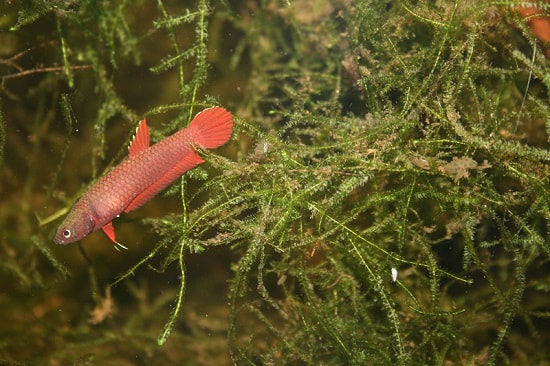
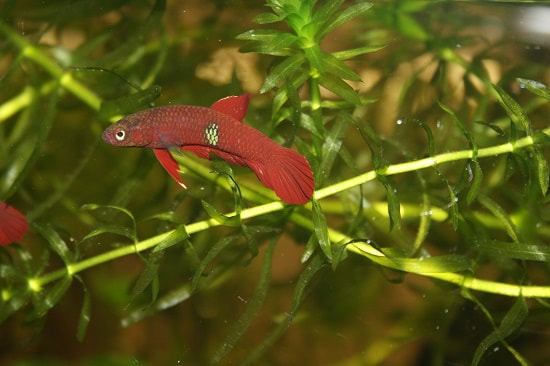
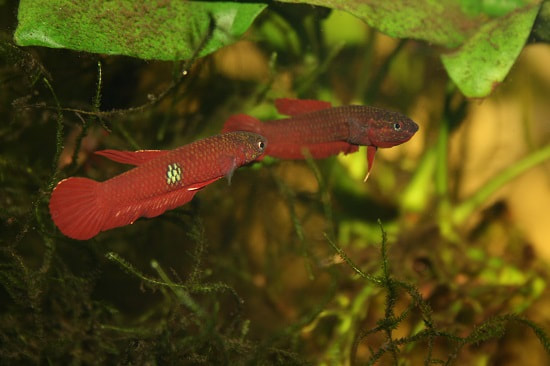
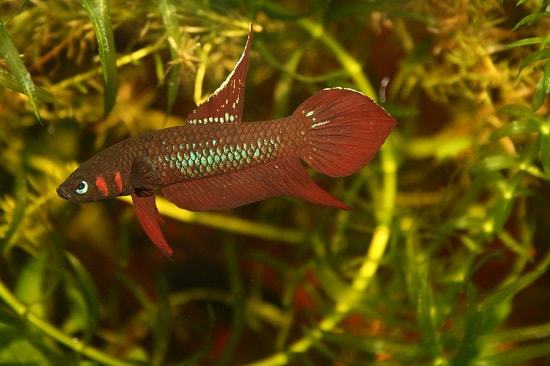
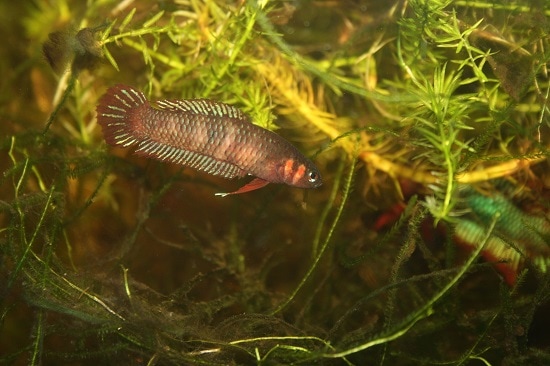
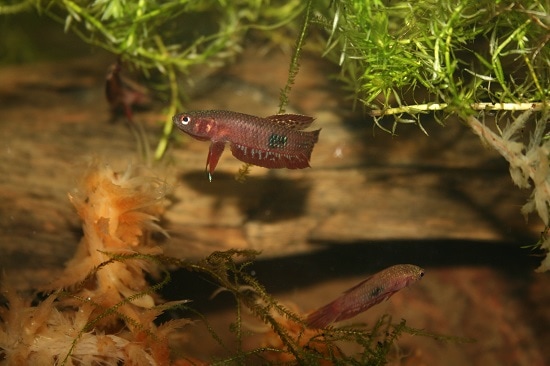
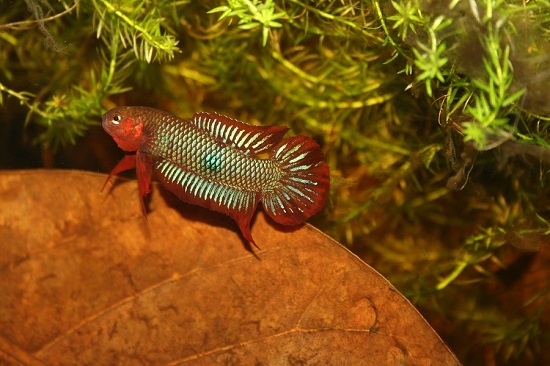
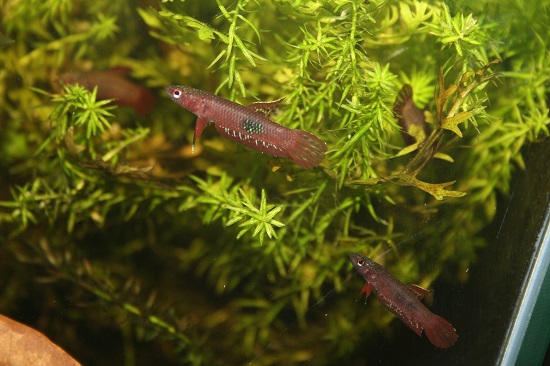
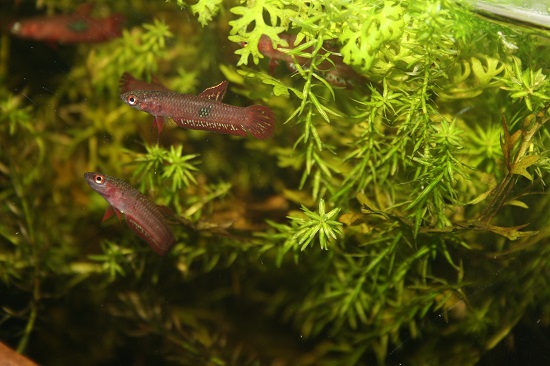
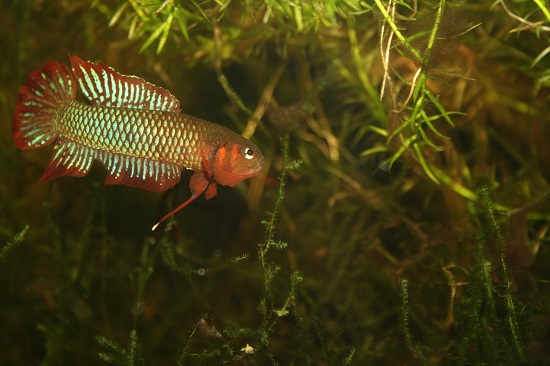
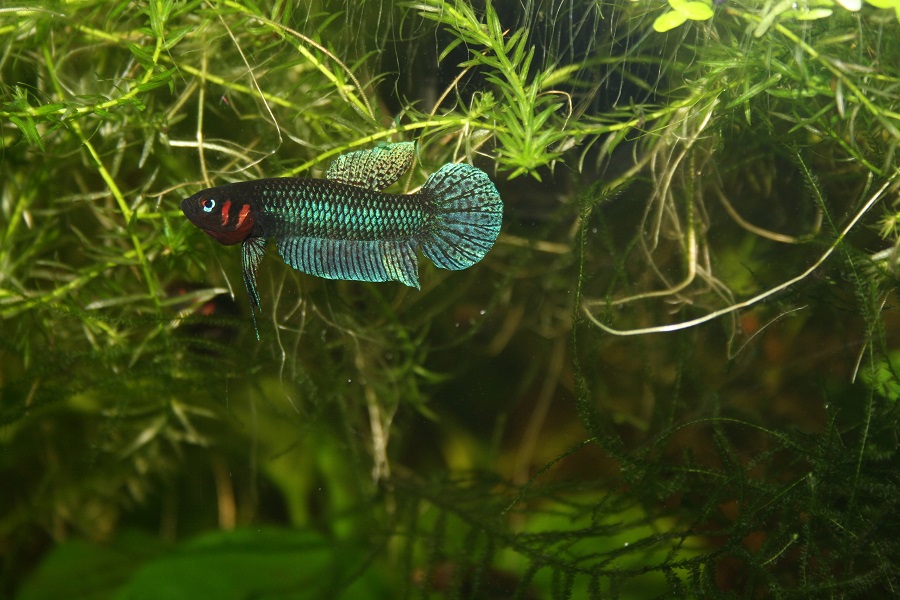
 RSS Feed
RSS Feed
